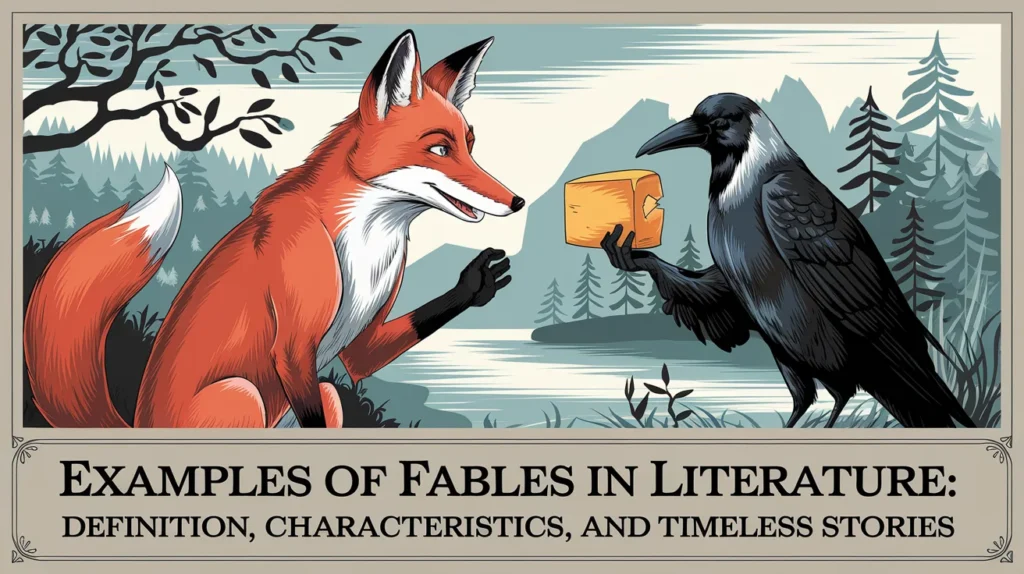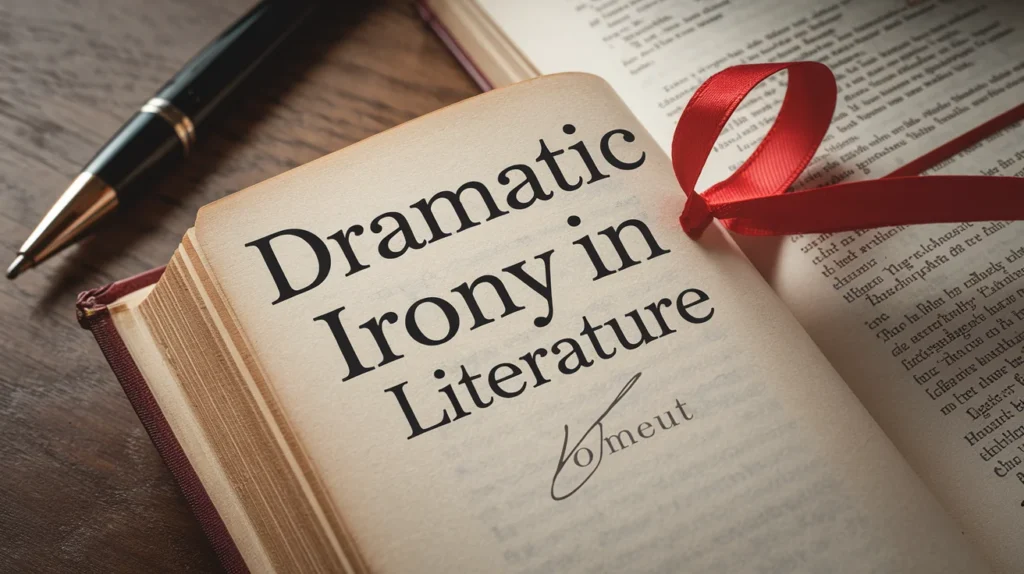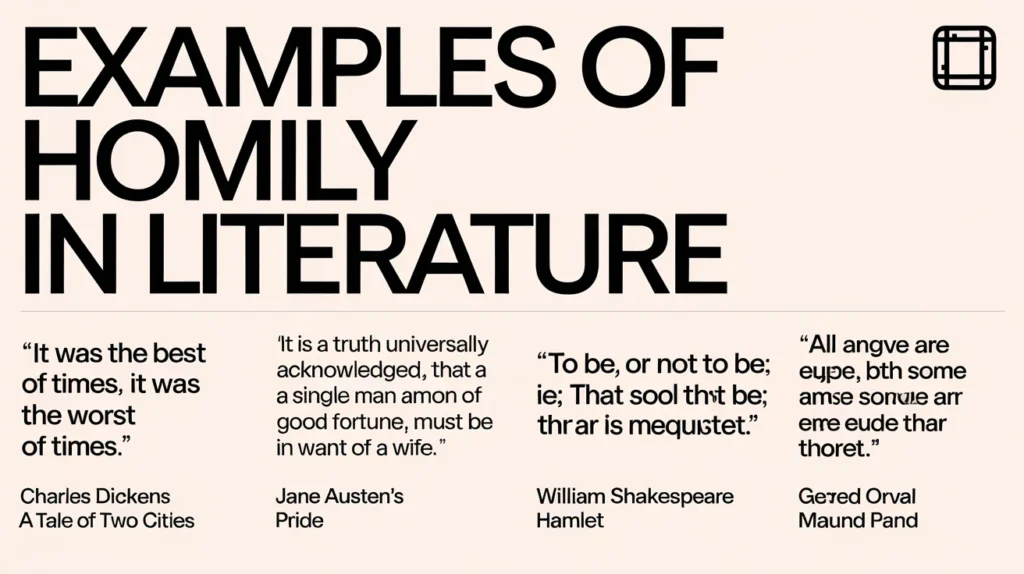From Aesop’s ancient tales to Shakespeare’s timeless plays, fables have shaped storytelling for centuries. But what makes a fable so enduring? These short, moral-driven stories, often featuring animals or inanimate objects as characters, have captivated audiences for generations. In this article, we’ll explore the definition of fables, their key characteristics, and six iconic examples in literature. We’ll also clarify related terms like fabliau, fabula, and fabulation, providing a comprehensive guide to this fascinating literary form.
What is a Fable?
A fable is a concise story designed to teach a moral lesson, often using anthropomorphic characters like animals, plants, or objects. These tales are typically short and straightforward, making them easy to remember and share. Fables have their roots in oral traditions, with Aesop, a Greek storyteller from the 6th century BCE, being one of the earliest known creators.
The primary purpose of a fable is to convey ethical lessons or societal values in an accessible way. For example, “The Tortoise and the Hare” teaches the value of perseverance, while “The Ant and the Grasshopper” emphasizes the importance of hard work and preparation.
Fables are not just for children; they have been used throughout history to critique societal norms, challenge authority, and inspire change. Their simplicity and universality make them a powerful tool for communication.
Characteristics of Fables
Fables are distinct from other literary forms due to their unique features. Here are the key characteristics that define a fable:
- Moral Lesson: Every fable ends with a clear moral or ethical takeaway. This lesson is often explicitly stated at the end of the story.
- Anthropomorphism: Animals, plants, or objects are given human traits, such as the ability to speak or reason, to convey the message.
- Brevity: Fables are short and to the point, making them easy to remember and retell.
- Universality: The themes and lessons of fables are timeless and relatable across cultures.
- Simplicity: The language and narrative structure are straightforward, avoiding complex plots or characters.
These characteristics make fables an effective medium for teaching values and critical thinking.
Well-Known Fables in Literature
Fables have been a part of human storytelling for thousands of years. Some of the most well-known fables include:
- Aesop’s Fables: A collection of ancient Greek fables attributed to Aesop, including “The Tortoise and the Hare” and “The Lion and the Mouse.”
- Jean de La Fontaine’s Fables: A 17th-century French adaptation of Aesop’s fables, known for their poetic style and wit.
- Modern Fables: Contemporary authors like George Orwell (“Animal Farm”) and Dr. Seuss have used fable-like structures to address complex social and political issues.
These stories have transcended time and culture, proving the enduring appeal of fables.
Subject Matter of Fables

Fables often explore universal themes that resonate with readers of all ages. Some common subjects include:
- Greed: Stories like “The Dog and the Bone” warn against the dangers of greed.
- Honesty: Fables such as “The Boy Who Cried Wolf” emphasize the importance of telling the truth.
- Hard Work: Tales like “The Ant and the Grasshopper” highlight the value of diligence and preparation.
- Humility: “The Tortoise and the Hare” teaches that overconfidence can lead to failure.
- Consequences of Actions: Many fables illustrate how actions have consequences, both positive and negative.
These themes reflect the societal norms and values of the time in which the fables were created, making them a valuable window into history.
What is Fabliau?
A fabliau is a humorous, often risqué medieval verse tale that contrasts with the moral seriousness of fables. Unlike fables, which aim to teach a lesson, fabliaux are primarily intended to entertain.
Key Features of Fabliau:
- Humor: Fabliaux rely on wit, satire, and slapstick comedy.
- Realism: They often depict everyday life and ordinary people.
- Moral Ambiguity: Unlike fables, fabliaux do not always have a clear moral lesson.
Example:
One of the most famous examples of fabliau is found in Geoffrey Chaucer’s The Canterbury Tales, particularly “The Miller’s Tale,” which uses humor and irony to critique societal norms.
What is Fabula?
Fabula refers to the raw plot or chronological events of a story, as opposed to its narrative structure. In literary analysis, fabula is used to distinguish between the sequence of events and how they are presented to the reader.
Example:
In Leo Tolstoy’s War and Peace, the fabula includes the historical events of the Napoleonic Wars, while the narrative structure weaves these events into the lives of the characters.
What is Fabulation?
Fabulation is a postmodern literary technique that blends reality with fantasy, often creating surreal or absurd narratives. Unlike fables, which have clear moral lessons, fabulation challenges readers to question the nature of truth and reality.
Example:
Authors like Kurt Vonnegut (Slaughterhouse-Five) and Salman Rushdie (Midnight’s Children) use fabulation to explore complex themes such as war, identity, and colonialism.
6 Examples of Fables in Literature
“The Tortoise and the Hare” (Aesop Fable)
- Summary: A slow tortoise wins a race against a fast but overconfident hare.
- Moral: “Slow and steady wins the race.”
- Cultural Impact: This fable is one of the most widely recognized, teaching the value of perseverance and humility.
“The Ant and the Grasshopper” (La Fontaine Fable)
- Summary: An ant works hard to store food for winter, while a grasshopper wastes time singing.
- Moral: “Prepare today for the needs of tomorrow.”
- Cultural Impact: A timeless lesson in responsibility and foresight.
“The Merchant of Venice” by Shakespeare
- Summary: While not a traditional fable, the play contains fable-like elements, such as the moral dilemma of mercy vs. justice.
- Moral: “The quality of mercy is not strained.”
- Cultural Impact: Explores themes of greed, prejudice, and forgiveness.
“The Happy Prince” by Oscar Wilde
- Summary: A statue of a prince and a swallow help the poor, sacrificing themselves in the process.
- Moral: “True happiness comes from selflessness and compassion.”
- Cultural Impact: A poignant critique of societal inequality.
“Peer Gynt” by Henrik Ibsen
- Summary: A man’s journey through life, filled with fantastical elements and moral lessons.
- Moral: “Be true to yourself.”
- Cultural Impact: A blend of fable and allegory, exploring identity and morality.
“Doctor Faustus” by Christopher Marlowe
- Summary: A scholar sells his soul to the devil for knowledge and power.
- Moral: “The pursuit of power at any cost leads to destruction.”
- Cultural Impact: A cautionary tale about ambition and morality.
Why Fables Matter Today
Fables continue to be relevant in modern storytelling, from children’s books to political satire. Their simplicity and universality make them an effective tool for teaching values and critical thinking. Contemporary adaptations, such as animated films or retellings in popular culture, demonstrate their enduring appeal.
Conclusion
Fables are more than just simple stories; they are a powerful literary form that combines entertainment with moral lessons. From Aesop’s ancient tales to modern adaptations, fables have shaped the way we think about the world and our place in it. So, the next time you read a fable, ask yourself: What lesson would your life story teach if it were a fable?


